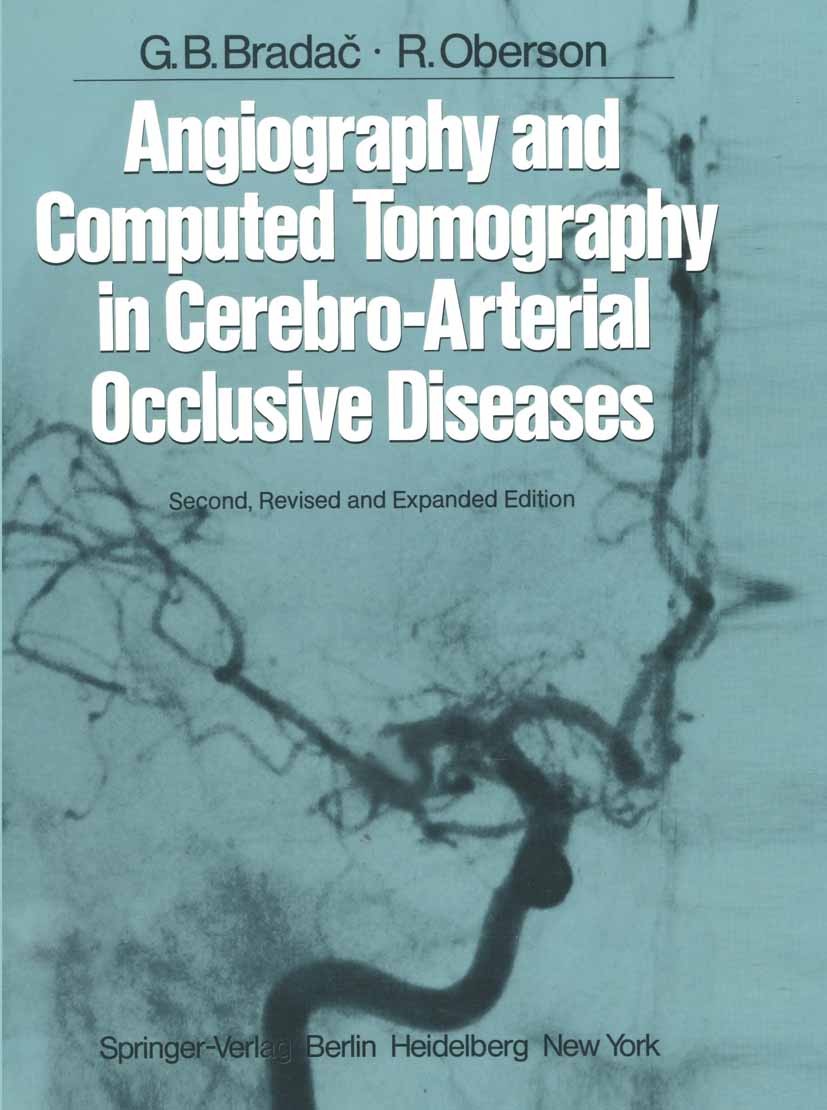| 期刊全称 | Angiography and Computed Tomography in Cerebro-Arterial Occlusive Diseases | | 影响因子2023 | Gianni Boris Bradač,Roland Oberson | | 视频video | http://file.papertrans.cn/158/157420/157420.mp4 | | 图书封面 |  | | 影响因子 | In this age when we are witnessing a veritable explosion in new modalities in diagnos tic imaging we continue to have a great need for detailed studies of the vascularity of the brain in patients who have all types of cerebral vascular disease. Much of the understanding of cerebral vascular occlusive lesions which we developed in the last two decades was based on our ability to demonstrate the vessels that were affected. Much experimental work in animals had been done where major cerebral vessels were obstructed and the effects of these obstructions on the brain observed pathologically. However, it was not until cerebral angiography could be performed with the detail that became possible in the decades of the ‘60 ‘s and subsequently that we could begin to understand the relationship of the obstructed vessels observed angiographically to the clinical findings. In addition, much physiologic information was obtained. For instance, the concept ofluxury perfusion which is used to describe non-nutritional flow through the tissues was observed first angiographically although the term was not used until LASSEN described it as a pathophysiological phenomenon observed during cerebral blood | | Pindex | Book 1983Latest edition |
The information of publication is updating

|
|
 |Archiver|手机版|小黑屋|
派博传思国际
( 京公网安备110108008328)
GMT+8, 2025-11-16 16:38
|Archiver|手机版|小黑屋|
派博传思国际
( 京公网安备110108008328)
GMT+8, 2025-11-16 16:38


